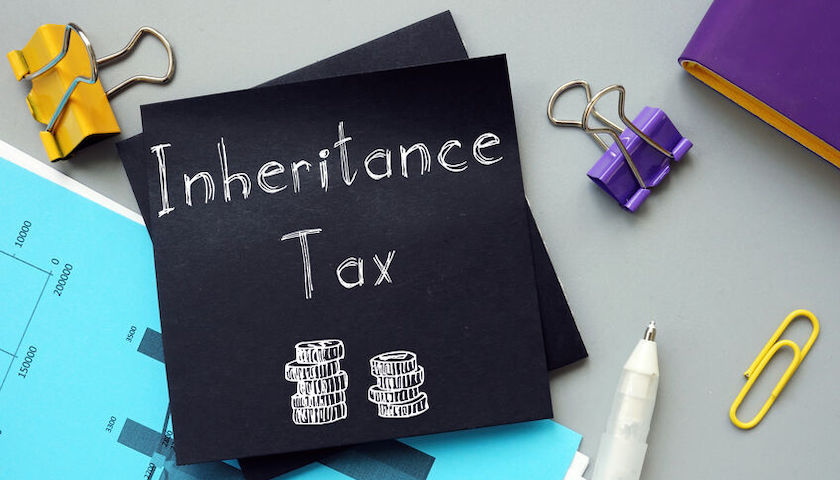Did you know that people across the UK are paying more inheritance tax (IHT) than they need? According to this report in The Telegraph, families needlessly paid an extra £600 million because they missed out on tax reliefs. These included reliefs on transfers between spouses and civil partners, gifts to charities, taper relief and the residence nil-rate band. There are other traps too. One family faced an unexpected £50,000 bill because the solicitor who drafted a will didn’t state whether IHT should be deducted before or after gifts to charity were calculated. That said, there’s one way of potentially reducing inheritance tax after a person has died: by using a deed of variation.
What is a deed of variation?
A deed of variation is a document that allows you to change someone’s Will after their death. You can also use it to change what happens to a person’s estate if they haven’t left a will.
There are conditions attached to drawing up a deed of variation. Firstly, it must be done within two years of a person’s death. Secondly, any beneficiary who is left worse off by the changes must agree to them.
A deed of variation can be useful in many different contexts. One common instance is to make the provisions of a Will fairer. For example, if someone leaves their estate to two of their children and leaves nothing to a third child, the two beneficiaries may decide to draw up a deed of variation. This would allow them to split the estate equally three ways.
Reducing inheritance tax
A deed of variation can also be very useful for reducing inheritance tax. Imagine you are left assets that take the value of your own estate over £325,000 (the IHT personal allowance). You can reduce or even eliminate the amount of future tax payable by drawing up a deed of variation. You could use this to apportion some of the money to charity, another relative or even a discretionary trust for the benefit of grandchildren or others.
How do I draw up a deed of variation?
To draw up a valid deed of variation, you simply need to write a letter explaining the changes you want to make. Alternatively, you can get a professional to draw up a deed. The executors of the estate then administer the estate according to the wishes of the deed of variation.
All beneficiaries must sign the deed of variation. However, if the variation affects any beneficiary under the age of 18, you’ll need to get court approval. HMRC also publishes a useful deed of variation checklist.
While in most instances deeds help with reducing inheritance tax, sometimes they’ll mean more IHT is payable. If this is the case, then you need to send a copy of the deed to HMRC within six months of making it.
How can I remove uncertainty about my own estate?
While a deed of variation can be helpful to redistribute someone’s estate, it’s wise to make your own Will as clear as possible. Getting expert advice from THP on drawing up your own Will has many benefits. We can not only advise you on making your bequests tax-efficient but, unlike cheap Will-writing companies – we don’t insist on executing your estate. This can save you thousands of pounds in fees. To learn more, get in touch with us today.
About Ian Henman
London lad Ian joined THP in October 2016 to set up and manage THP’s new legal services department.
Starting at the tender age of 19 Ian spent almost 30 years building his career at Natwest/RBS becoming a business client account manager to many local businesses.
Ian was looking for a new challenge and as THP was searching for someone to gain accreditations and spearhead the legal services department, there was a clear synergy.
More posts by Ian Henman











